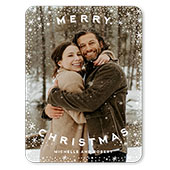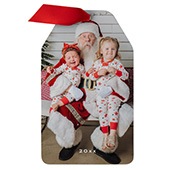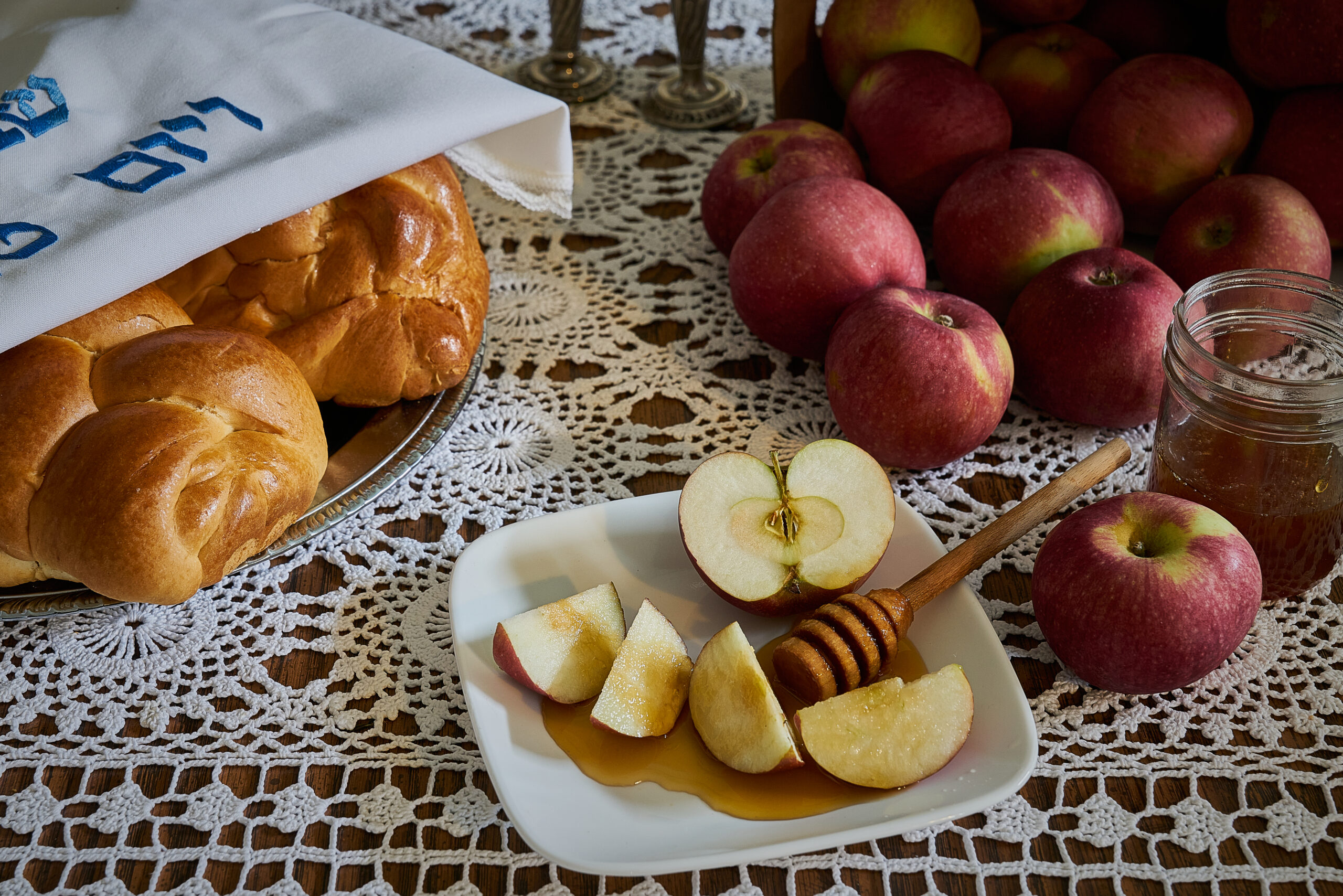Rosh Hashanah, the Jewish New Year, is a time of reflection, renewal, and anticipation for the year ahead. It’s a deeply meaningful holiday that marks the beginning of the Jewish High Holy Days, leading up to Yom Kippur, the Day of Atonement. This sacred period offers an opportunity for personal introspection, prayer, and the giving of blessings to loved ones.
One of the most cherished traditions of Rosh Hashanah is the exchange of warm and heartfelt greetings, wishing friends and family a sweet and prosperous new year. Whether you’re looking to send a simple text message, craft a thoughtful letter, or create a personalized Rosh Hashanah card, this guide will help you find the perfect words to express your sentiments for the new year.
When is Rosh Hashanah?
Rosh Hashanah typically falls in September or early October, based on the Hebrew calendar. In 2024, Rosh Hashanah will begin at sunset on Monday, September 9th, and end at nightfall on Wednesday, September 11th.
The Significance of Rosh Hashanah Greetings
Rosh Hashanah greetings are more than just pleasantries—they carry a profound spiritual significance. The Jewish New Year is a time to wish others health, happiness, peace, and success for the coming year. It’s a moment to reconnect with loved ones, express gratitude, and spread positivity as the year begins anew.
In Hebrew, the most common greeting for Rosh Hashanah is “Shanah Tovah,” which translates to “Good Year.” This simple yet powerful phrase encapsulates the hope and joy that the New Year brings. Over time, many variations and additional phrases have developed, each adding its own layer of meaning to the traditional Rosh Hashanah greeting.
Popular Rosh Hashanah Greetings and Their Meanings
When wishing someone a happy Rosh Hashanah, there are several traditional and modern greetings to choose from. Below is a list of some of the most popular Rosh Hashanah greetings, along with explanations of their meanings.
- Shanah Tovah (שנה טובה): This is the most common Rosh Hashanah greeting and simply means “Good Year.” It’s a versatile greeting that can be used in any situation and is suitable for both formal and informal exchanges.
- Shanah Tovah Umetukah (שנה טובה ומתוקה): This phrase extends the basic greeting by adding the word “Umetukah,” which means “and sweet.” It conveys the wish for a good and sweet year, emphasizing the desire for joy and positivity.
- Ketivah Vachatimah Tovah (כתיבה וחתימה טובה): This greeting is traditionally used in the days leading up to Yom Kippur. It means “A good inscription and sealing [in the Book of Life],” reflecting the belief that on Rosh Hashanah, God inscribes one’s fate for the coming year, and it is sealed on Yom Kippur.
- L’Shanah Tovah Tikatevu (לשנה טובה תכתבו): Another variation of the inscription greeting, this one means “May you be inscribed for a good year.” It’s a formal way to wish someone a good year in the days leading up to Yom Kippur.
- Tizku Leshanim Rabot (תזכו לשנים רבות): This phrase means “May you merit many years,” and is often used to wish someone longevity and continued good fortune.
- L’Shanah Tovah Umetukah Tikatevu Vetechatemu (לשנה טובה ומתוקה תכתבו ותחתמו): This extended greeting combines several of the above phrases and translates to “May you be inscribed and sealed for a good and sweet year.”
- Chag Sameach (חג שמח): While more commonly used for other Jewish holidays, “Chag Sameach” means “Happy Holiday” and can also be used during Rosh Hashanah to wish someone joy and celebration.
- G’mar Chatimah Tovah (גמר חתימה טובה): This greeting is more specifically used between Rosh Hashanah and Yom Kippur and means “A good final sealing [in the Book of Life].”
- Moadim Lesimcha (מועדים לשמחה): Although this greeting is more specific to Sukkot, some people use it at the end of the Rosh Hashanah period to extend their good wishes for the entire High Holy Days season.
- Aleichem Shalom (עליכם שלום): This greeting means “Peace upon you,” and while it’s used year-round, it carries special significance during Rosh Hashanah when peace and harmony are central themes.
Crafting Personalized Rosh Hashanah Greetings
In addition to traditional greetings, many people choose to personalize their Rosh Hashanah messages to make them more meaningful. When writing your own Rosh Hashanah greetings, consider the following tips:
- Reflect on the Past Year: Think about what the recipient has experienced over the past year and acknowledge their achievements or challenges. This shows that you’ve put thought into your message and makes your wishes for the coming year more personal.
- Incorporate Jewish Symbolism: Rosh Hashanah is rich with symbolism, such as apples dipped in honey to represent the wish for a sweet year. You might include these symbols in your greeting to connect the message to the holiday’s traditions.
- Express Your Hopes for the Future: Rosh Hashanah is a time of renewal and new beginnings. Expressing your hopes for the recipient’s future, whether it’s success in their endeavors, health, or happiness, adds depth to your message.
- Use Both Hebrew and English: Mixing Hebrew phrases with English can give your greeting a traditional yet accessible feel. For example, you might write, “Wishing you Shanah Tovah—may this year bring you joy, health, and sweet moments.”
- Keep It Warm and Genuine: The most important aspect of any greeting is sincerity. Whether your message is short or long, what matters most is that it comes from the heart.
Examples of Personalized Rosh Hashanah Greetings
Here are some examples of personalized Rosh Hashanah greetings that you can use as inspiration:
- “Shanah Tovah Umetukah! May this New Year bring you countless blessings, sweet moments, and cherished memories. May you and your family be inscribed in the Book of Life for a year filled with health, happiness, and peace.”
- “Wishing you a joyous Rosh Hashanah! As we welcome the New Year, may you be surrounded by love, prosperity, and the warmth of family and friends. L’Shanah Tovah!”
- “May your home be filled with the sweetness of honey and the warmth of community this Rosh Hashanah. Here’s to a year of new opportunities, personal growth, and abundant happiness. Ketivah Vachatimah Tovah!”
- “As the shofar sounds, signaling the start of a new year, I wish you and your loved ones a Shanah Tovah. May the coming year be one of peace, health, and fulfillment of all your heart’s desires.”
- “L’Shanah Tovah Tikatevu! May you be inscribed in the Book of Life for a year of good health, joyous occasions, and meaningful connections. Sending you and your family love and light this Rosh Hashanah.”
- “Shanah Tovah! May this year bring you closer to your dreams and fill your life with the sweetness of honey, the sound of laughter, and the comfort of loved ones. Wishing you all the best for a happy and healthy New Year.”
Rosh Hashanah Greeting Cards: A Special Way to Share New Year Wishes
In the digital age, where text messages and emails often replace handwritten notes, sending a physical Rosh Hashanah greeting card can be a refreshing and thoughtful gesture. Greeting cards offer a personal touch that conveys care and consideration, making them an ideal way to share your New Year wishes with loved ones.
Shutterfly offers a beautiful collection of customizable Rosh Hashanah cards, allowing you to add your personal touch to every detail. From elegant designs featuring traditional Jewish symbols like the shofar, pomegranates, and apples, to more modern and artistic interpretations, there’s a card to suit every style.
When creating your Rosh Hashanah cards with Shutterfly, consider the following tips to make your cards stand out:
- Choose a Meaningful Design: Select a card design that resonates with you and reflects the essence of Rosh Hashanah. Whether you prefer classic or contemporary, Shutterfly’s extensive range ensures you’ll find the perfect design.
- Add a Personal Photo: Including a family photo or a special picture can make your greeting card even more personal. It’s a great way to share a moment from the past year and connect with the recipient.
- Write a Thoughtful Message: Use the space inside the card to write a heartfelt Rosh Hashanah greeting. You can use one of the examples provided above or craft your own message to express your wishes for the New Year.
- Incorporate Jewish Symbols: Shutterfly’s customizable options allow you to add symbols like the Star of David, shofar, or menorah to your card, enhancing its connection to the holiday.
- Consider Sending Cards Early: Since Rosh Hashanah is the beginning of the Jewish New Year, sending your cards early ensures they arrive before the holiday, giving recipients time to appreciate your good wishes as they prepare for the celebrations.
Sending a Rosh Hashanah greeting card is more than just a holiday tradition—it’s an opportunity to reconnect with friends and family, express your hopes for their future, and share in the joy of welcoming a new year together. With Shutterfly’s customizable greeting cards, you can create a unique and meaningful keepsake that will be treasured by your loved ones for years to come.
Related Resources on Rosh Hashanah Greetings
As you prepare for Rosh Hashanah, take the time to craft thoughtful greetings, whether spoken, written, or sent in a beautiful card. Your words have the power to uplift, inspire, and bring joy to those you care about as you all embark on the journey of a new year together. Shanah Tovah Umetukah—may your year be good, sweet, and filled with blessings!
Additional Resources:








